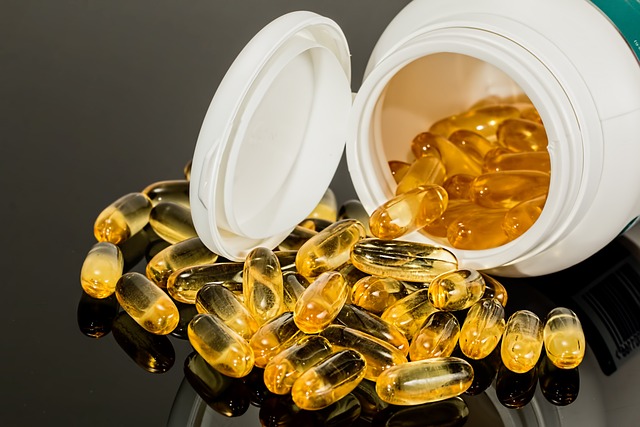Understanding High-Dose Edibles: A Comprehensive Guide
In recent years, the popularity of cannabis edibles has surged, offering an alternative to traditional smoking methods. Among these, high-dose edibles have become a topic of interest and concern. This article explores the nuances of consuming high-dose edibles, providing insights into their effects, safety considerations, and best practices.
What Are High-Dose Edibles?
High-dose edibles refer to cannabis-infused products that contain a significant amount of THC, the psychoactive compound in cannabis. These products can range from chocolates and gummies to baked goods and beverages. The potency of these edibles can vary widely, with some containing upwards of 100 milligrams of THC per serving.
The Appeal of High-Dose Edibles
For some consumers, high-dose edibles offer a more intense and prolonged experience compared to lower-dose options. This can be particularly appealing for individuals seeking relief from chronic pain, insomnia, or other medical conditions. Additionally, experienced users may prefer the stronger effects for recreational purposes.
Potential Risks and Side Effects
Consuming high-dose edibles can lead to a range of side effects, especially for those who are inexperienced or have a low tolerance. Some common side effects include:
- Anxiety and paranoia
- Dizziness and nausea
- Increased heart rate
- Impaired motor skills and judgment
- Hallucinations
These effects can be more pronounced and last longer than those from smoking or vaping cannabis, as edibles are metabolized differently in the body.
Understanding Dosage and Tolerance
Determining the right dosage is a critical aspect of consuming high-dose edibles. Tolerance levels can vary significantly among individuals based on factors such as body weight, metabolism, and previous cannabis use. For new users, starting with a low dose and gradually increasing is often recommended.
Case Studies: Experiences with High-Dose Edibles
Several case studies highlight the diverse experiences individuals have with high-dose edibles. For instance, a study published in the Journal of Cannabis Research examined the effects of high-dose edibles on patients with chronic pain. Participants reported significant pain relief, but some experienced adverse effects like anxiety and dizziness.
Another case involved a recreational user who consumed a 150-milligram THC brownie. The individual reported intense euphoria followed by several hours of discomfort, including paranoia and nausea. These examples underscore the importance of understanding personal limits and the potential risks involved.
Best Practices for Consuming High-Dose Edibles
To minimize risks and enhance the experience, consider the following best practices when consuming high-dose edibles:
- Start with a low dose, especially if you are inexperienced.
- Wait at least two hours before consuming more, as edibles take longer to take effect.
- Consume in a safe and comfortable environment.
- Stay hydrated and have snacks on hand.
- Avoid mixing with alcohol or other substances.
Legal and Regulatory Considerations
The legal status of cannabis edibles varies by region, with some areas imposing strict regulations on THC content and labeling. Consumers should be aware of local laws and purchase products from reputable sources to ensure safety and compliance.
Statistics on Edible Consumption
According to a report by BDS Analytics, the edible market in the United States grew by 60% in 2020, with high-dose products accounting for a significant portion of sales. This trend reflects a growing acceptance and demand for cannabis edibles, despite the potential risks associated with high doses.
Conclusion
High-dose edibles offer a unique and potent experience for cannabis consumers, but they come with potential risks and side effects. Understanding dosage, tolerance, and best practices can help mitigate these risks and enhance the overall experience. As the market for edibles continues to grow, staying informed and cautious remains key for both new and experienced users.

